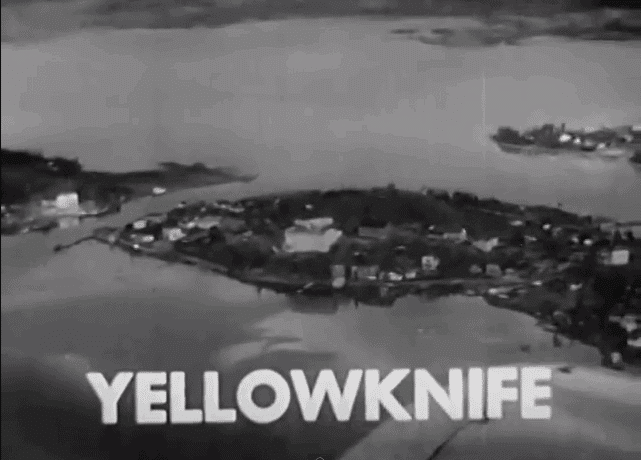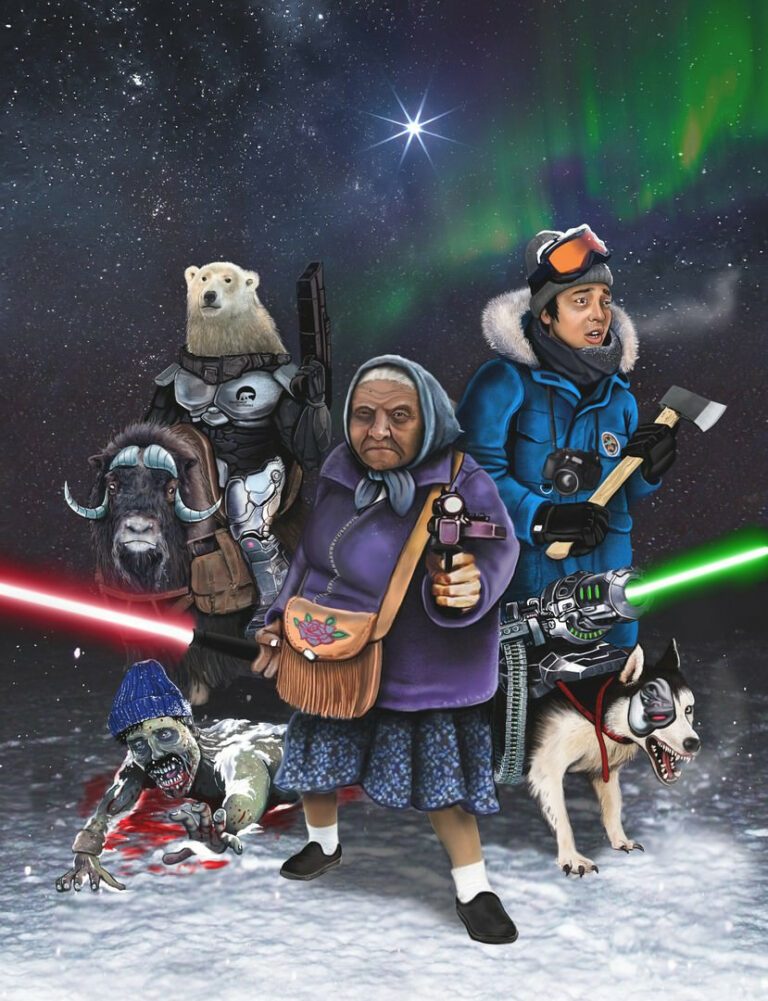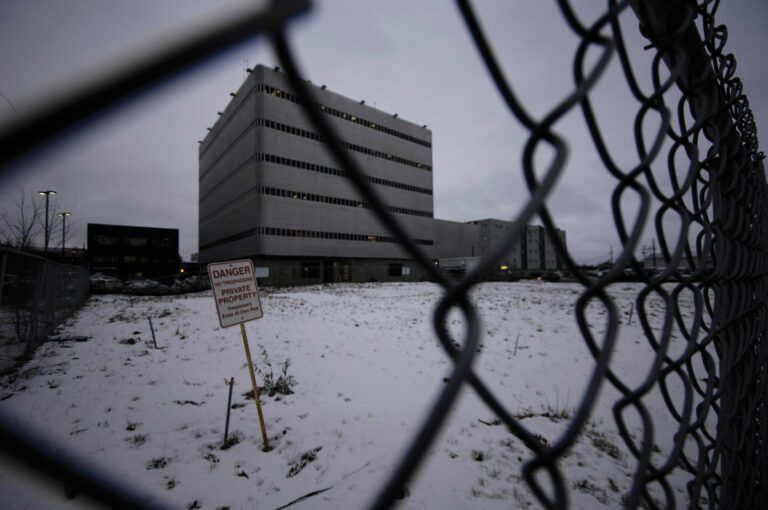On EDGE: Opinion
As you’re doubtless aware, the internet is a wonderful repository of old films. YouTube’s awash in strange old black-and-white movies, particularly the newsreel, A/V variety.
It’s a bit of a challenge to watch these films today with a straight eye. They’ve been parodied so often on television that you half expect to hear “Hi, I’m actor Troy McClure….” But they remain fascinating time capsules, equal parts troubling, amusing and illuminating.
Take the old National Film Board production embedded below, Land For Pioneers, produced circa 1950 as a sort of promotional film touting the great industrial potential of northern British Columbia and Alberta, Yukon and the Northwest Territories. These are essentially the areas covered by Treaties 8 and 11, which are, of course, not even mentioned. It’s a classic piece of North American post-war triumphalism: the march of industrial progress is presented as inevitable, completely desirable and devoid of any consequence except enriching the public good.
We know now things didn’t totally work out that way. But the film remains a remarkable artifact of its time. It contains some of the earliest aerial footage of large swathes of the Canadian North. It’s narrated in the calm, formal, Anglo-Canadian baritone of its era and you can even hear the creaking floorboards of the NFB studio, at the time located in Ottawa, bleed into the microphone.
Some highlights:
0:33: “Long ago, when explorers sailed west from Europe in their wooden ships, they sought a Northwest passage to the Orient. What they found was a new world.” They “discovered the waterways which bear their names.” The concept of terra incognita (unknown land) was still legit in 1950.
1:52 “Primitive eskimos live together in small tribes.” They are presented more or less as zoo animals. This is the last mention of any of the North’s indigenous peoples during the entire 15-minute film. White traders “opened up” the Northwest Territories, we are told.
3:22 Next up is the Klondike gold rush. An establishing shot of Dawson City’s downtown looks remarkably similar to the way it looks today, except the throngs of people scurrying along with ant-like rush typical of old-timey hand-cranked film. There are no RVs. Those would come much later.
We also see some insane footage of gold panners attempting to shoot rapids on the Yukon river in rickety boats. I’m pretty sure we see three dudes drown at one point.
5:10 East of the Yukon, “there are other riches to be found in the dreary rocks and tundra of the great Canadian Shield.” I must take offense here. Dreary? Halifax in November is dreary. Ottawa any time of year is dreary. The sunniest region of the country is not dreary. To be fair, anything looks dreary on scratchy old black-and-white film. Some old aerial footage from what appears to be north of the tree line does indeed present an empty wasteland.
6:35 Here we get a look at men blithely paddling a canoe without lifejackets. This is notable because later they blithely mine for radium on Great Bear Lake (“so rare, it’s worth $700,000 an ounce”), blithely dump tailings into the lake, and blithely conscript Dene to haul sacks of radioactive ore on their backs. Workers are seen wearing gloves to prevent rope burn, the full extent of visible protective equipment.
8:06 The flaring of oil wells at Fort Norman (now Norman Wells) emits an acrid plume of thick black smoke. This is, apparently, unremarkable.
8:12 Some delightful old aerial footage of Giant Mine and Yellowknife. We see the old Joliffe Island tank farm and Latham Island, pre-causeway. A float plane takes off from the bay. The site, right down to that sky where a drape of solid cloud is pulled across a clear sky, is pretty much unchanged today.
9:15 The mercury mine at Pinchi Lake, BC. “No longer is it necessary to import mercury from faraway Italy or Spain.” Finally!
A guy is raking condensed mercury without any kind of protective gear. We’ve known for a long time that cinnabar mining is dangerous. But then, we’re talking about an era when people thought it was fine to smoke in hospitals.
10:15 Next up, along the Athabasca River, we get to “the famous black tar sands.” This clearly was a simpler time: “oil and sand are so mixed that no easy economical way has yet been found to separate them.” With oil prices the way they are today, that may once again be true.
10:44 “Around these new mining areas will grow the settlements of the future.” What our narrator could not know is that many of these settlements would end up disappearing: Nanisivik, Port Radium, Pine Point.
Land of Pioneers presents a classic 20th-century vision of the future perfect destined to make its way North. Of course, things didn’t quite work out that way. We do not live in domed, nuclear-powered cities, for example. But we have seen the mixed results of this vision. Mining and its related cottage industry, bureaucratic administration, are the ultimate reason why most of us who aren’t of indigenous origin are here.
The “pioneers” also left behind a hideous legacy of environmental destruction that will end up taking decades and billions of dollars to clean up. For some, the good times rolled. The jury’s still out on whether it was worth it for the rest of us.



![Sneak Peek: Alison Mccreesh’s North[s] 5fc998252c39d.jpeg](https://cdn.edgenorth.ca/q:i/r:0/wp:0/w:1/u:https://edgenorth.ca/wp-content/uploads/2020/12/sneak-peek-alison-mccreeshs-norths_5fc9982376e3e-768x514.jpeg)



